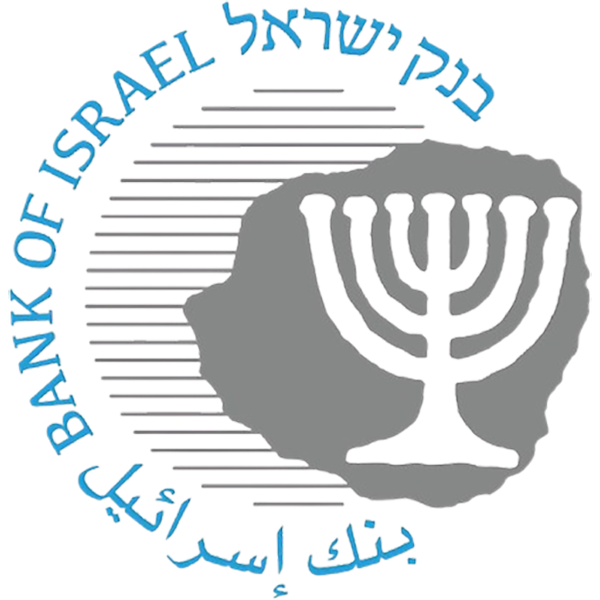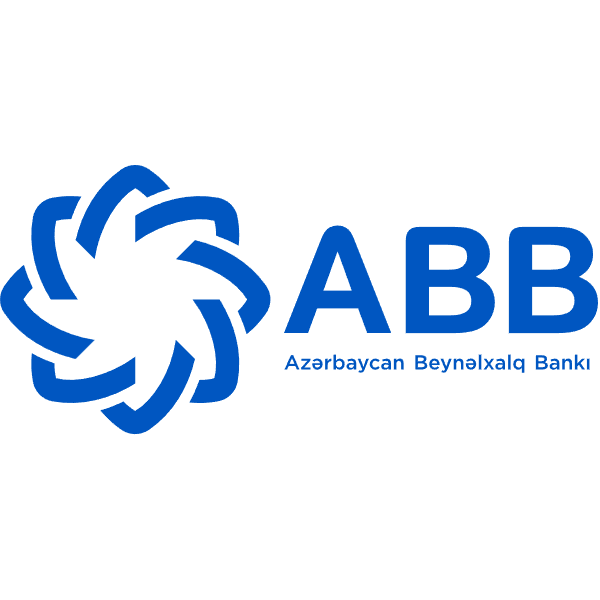Bank of
Mongolia (Монголбанк, Bank of Mongolia (BoM) is the central bank of Mongolia, founded in 1991 and headquartered in Ulaanbaatar. Its predecessor was the "Mongolian Trade and Industrial Bank", which was established in 1924 as a joint venture between Mongolia and the Soviet Union. Currently, the Bank of Mongolia is 100% state-owned, and its president is nominated by the President of Mongolia and appointed with the approval of the State Great Hural (Parliament).
Scope of
ServicesAs a central bank, the Bank of Mongolia does not provide retail banking services directly to the public. Its main responsibilities include issuing currency, formulating and implementing monetary policy, supervising banks and financial institutions, and managing official foreign exchange reserves.
Regulation & ComplianceThe
Bank of Mongolia is administratively independent of the government, but administratively under the supervision of the state Great Hural. Its main goal is to ensure the stability of the national currency, the tugrik, promote the balanced and sustainable development of the national economy, and maintain the stability of financial markets and the banking system.
As a central bank, the Bank of Mongolia's capital
adequacy ratio and liquidity coverage ratio, which are key indicators of financial health, are not applicable to the standards of traditional commercial banks. However, after 2000, the Bank of Mongolia raised the minimum capital requirements for the banking sector, resulting in a capital adequacy ratio of 14 to 24 per cent, 1.8 to 3 times higher than the international minimum standard. The non-performing loan ratio, which fell from 24 per cent in 2000 to 3.5 per cent in 2007, indicates an improvement in the asset quality of the banking sector.
Deposit & Loan ProductsAs
a central bank, Bank of Mongolia does not directly provide deposit and loan products. Its main responsibilities are to formulate and implement monetary policy and supervise commercial banks and financial institutions.
List of common Wikipedia
feesThe Bank of Mongolia does not provide retail banking services to the public, so there are no fees such as account management fees, transfer fees, overdraft fees, etc.
Digital Service ExperienceAs
a central bank, the Bank of Mongolia mainly provides information services, including monetary policy, financial statistics, research reports, etc., through its official website (https://www.mongolbank.mn). Its website is available in multiple languages, including Mongolian and English, making it easily accessible to international users.
Quality of Customer ServiceBank
of Mongolia mainly provides services to governments, financial institutions and other supervised objects. Its official website provides contact information, including phone and email, for interested parties to consult and contact.
Security MeasuresThe
Bank of Mongolia is committed to ensuring the safety and stability of the country's financial system. Its responsibilities include supervising the banking sector, managing foreign exchange reserves, and formulating anti-money laundering and counter-terrorism financing policies to maintain the country's financial security.
Distinctive Services & DifferentiationBank
of Mongolia actively promotes financial inclusion policies and is a member of the Alliance for Financial Inclusion. In addition, the Bank of Mongolia took over Zoos Bank and Savings Bank, which collapsed due to non-performing loan problems, in 2009 and 2013, respectively, and consolidated their assets into the State Bank to maintain financial stability.










